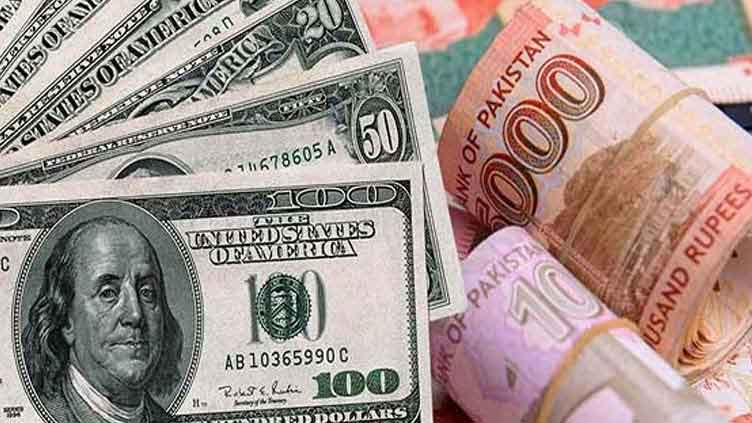By Staff Reporter
KARACHI: Pakistan’s current account has achieved a surplus for the second consecutive month, resulting in a substantial reduction of the 10-month deficit by 76 percent year-on-year, the central bank data showed on Tuesday.
In the month of April, the surplus amounted to $18 million, following a remarkable turnaround in March when the country’s current account registered a surplus of $654 million, marking the first surplus in over two years. The State Bank of Pakistan has now revised the March surplus to $750 million.
The reduction in the current account deficit during the ongoing fiscal year can be attributed to import restrictions, which have played a significant role. From July to April, the current account deficit dropped by an impressive 76 percent, totaling just $3.26 billion compared to $13.65 billion during the same period last year.
Analysts express optimism that the country will conclude the fiscal year with a minimum current account deficit of $3 billion, showcasing a remarkable improvement from the $17.5 billion deficit reported a year ago.
The decline in the surplus during April can be attributed to a decrease in home remittance inflows. In March, the country received $2.5 billion in workers’ remittances due to the Eid and Ramzan holidays, while home remittances inflows in April stood at $2.2 billion.
Year-on-year, the surplus was primarily driven by a 38 percent decline in total imports. However, total exports and remittances also experienced decreases of 32 percent and 29 percent, respectively.
Analysts credit the government’s efforts to curb the import bill as a key factor in preserving foreign exchange reserves, which currently stand at $4.4 billion. Consequently, the goods trade deficit fell by 23 percent during the first ten months of the fiscal year.
During the period from July to April of FY23, Pakistan’s total goods trade deficit dropped to $22 billion, compared to $31.847 billion during the corresponding period of the previous fiscal year. The country’s exports amounted to $23.211 billion, while imports totaled $45.202 billion.
Despite these positive developments, Pakistan continues to face an ongoing economic crisis on the external front, as it has been unable to convince the International Monetary Fund (IMF) to release a much-needed tranche of $1.1 billion.
The government claims to have fulfilled all the preconditions attached to this loan installment, but the IMF remains unmoved.
Analysts caution that Pakistan may lose $2.2 billion from the IMF under the Extended Fund Facility by the end of June 30. Failure to persuade the IMF to release both installments totaling $2.2 billion would further worsen the economic challenges in the next financial year.
While maintaining a positive current account balance would help Pakistan avoid default, it may have adverse effects on the local industry. Slashing imports has already resulted in an extremely low economic growth rate of just 0.5 percent in FY23. The latest data reveals a 25 percent decline in the large-scale manufacturing sector in March, with major industries operating below capacity, and high inflation stifling domestic investments.
Economists attribute the sluggish economic growth to record-high interest rates of 21 percent and a significant decline in imports. They also express concerns about the alarming appreciation of the dollar against the rupee.
Copyright © 2021 Independent Pakistan | All rights reserved




